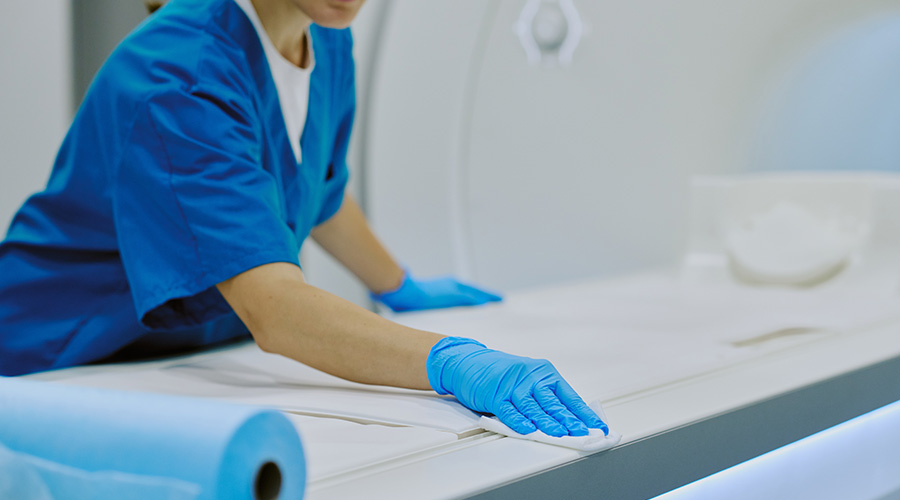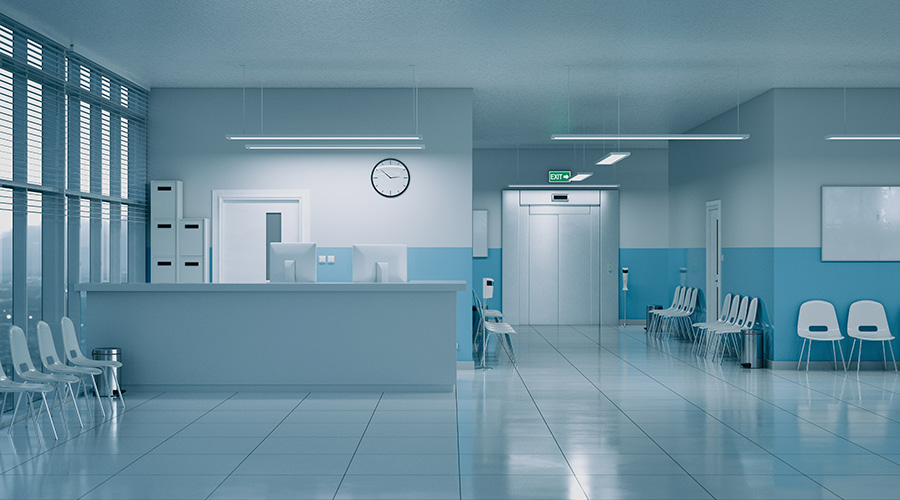In the past, patient outcomes and satisfaction may have seemed to be at odds with efficiency and sustainability. One example: The trend toward private patient rooms may have increased floor space and required a greater energy spend than more space-efficient semi-private rooms.
But that is changing, as designers, like those for Princeton HealthCare System, in Princeton, N.J., have learned how to include elements that accomplish both goals — like access to natural light, which has been shown to improve patient outcomes while reducing the amount of energy required for artificial light.
When Princeton HealthCare endeavored to build its new University Medical Center of Princeton in 2003, it set a goal of reducing energy by 25 percent compared to a traditionally designed hospital. The facility has been open for a year now, and according to a story in Healthcare Finance News, the hospital looks to be on target for its goals. The facility also includes a co-generation plant, chilled water energy storage, and solar panels on the employee parking lot.
Kaiser Permanente is another system that has embraced the intersection of patient outcomes and sustainable design. The organization has committed itself to a minimum of LEED Gold for any new hospital. The Healthcare Finance News story quotes John Kouletsis, vice president of facilities planning and design at Kaiser: “There’s a perception that LEED can be expensive, and while that might be true in some cases, we’ve discovered that we’ve been able achieve Silver or Gold status with no cost increase or a very small cost increase. Even the extra costs that were spent, in the long run, these things will dramatically lower healthcare costs in many cases.”

 Hand, Foot and Mouth Disease on the Rise
Hand, Foot and Mouth Disease on the Rise Preparing for the Hazards of Winter Weather
Preparing for the Hazards of Winter Weather BayCare Reveals Pagidipati Children's Hospital at St. Joseph's
BayCare Reveals Pagidipati Children's Hospital at St. Joseph's Why Identity Governance Is Becoming a Facilities Management Issue
Why Identity Governance Is Becoming a Facilities Management Issue Habitat Health Opens South Los Angeles PACE Center
Habitat Health Opens South Los Angeles PACE Center